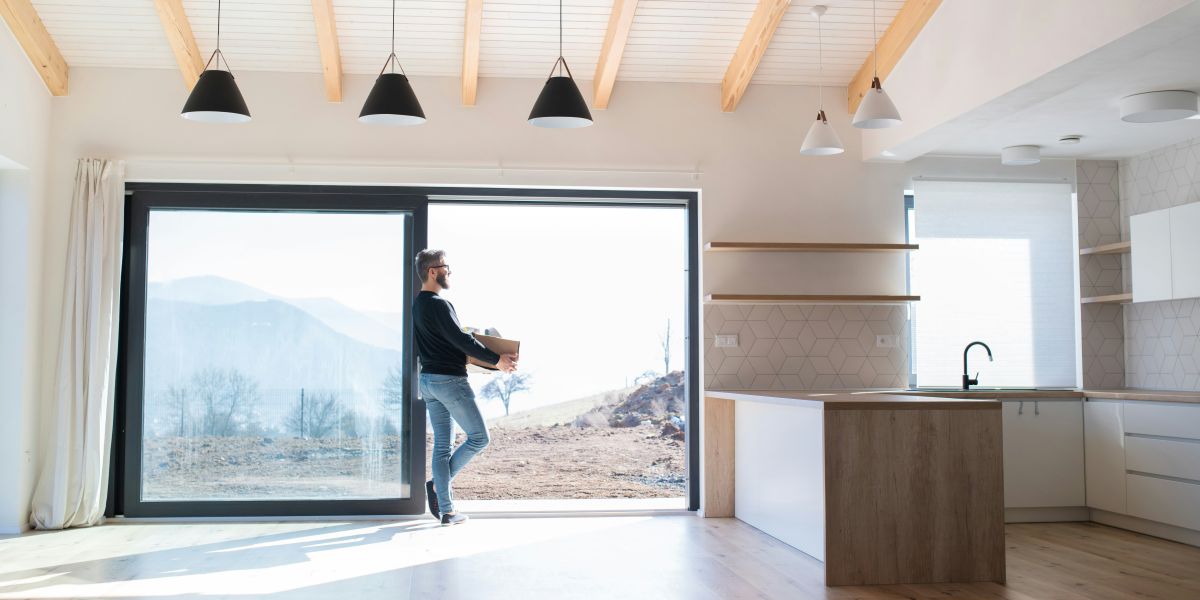Many Long Island homeowners face substantial risk from ice dams forming on their roofs during the winter, which can result in costly repairs. Installing ice and water shields safeguards against ice dams that create a watertight seal around vulnerable areas, stopping the water from leaking into your home.
The Formation of Ice Dams
Ice dams are caused by uneven roof surface temperatures and form when snow melts and refreezes into a wall of ice on a roof’s eaves (edges). Heat loss from the home’s interior, snow cover, and outside temperatures converge to form ice dams that can cause significant damage to a home. For ice dams to form, the outside surface must be above 32℉ while the lower surfaces are below 32℉. As ice water flows downward, it freezes when it reaches the roof’s surface and forms an ice dam.
The ice dams form a barrier that backs up, draining water that could flood the house. This hazard is most common on the warmer parts of the roof (near the attic) and refreezes as it flows toward the eaves, the cooler part of the roof.
Risks Associated With Ice Dams
Ice dams can cause backed-up water to collect under the roofing shingles, leading to leaks, ruined attics, and damage to the roof, attic, walls, and interior surfaces. Moisture entering the home will likely cause mold and mildew, which can lead to respiratory issues and allergies. Other issues include rotted roof decking, exterior and interior walls, and framing.
Ice dams can also negatively affect insulation. Wet insulation does not work well, and chronically wet insulation does not decompress even after it is dried. Without working insulation, more interior heat is allowed to escape to the roof, melting more snow and causing even more ice dams. This, in turn, will lead to rot, leaks, and peeling paint.
Ice and Water Shields
Ice and Water shields provide a protective barrier that prevents water damage caused by ice dams. The waterproof membrane protects vulnerable areas on your roof from ice and water damage. The shields’ adhesive properties bond to the roof, creating a waterproof barrier that prevents leaks, even in the case of lost shingles.
There are four types of ice shields: Granular, smooth surface, high-heat, and high-temperature. The granular design is ideal for roof valleys with high water flow, while the smooth surface variation is best on low-slope roofs. High-heat shields are made with cotton-like fibers designed for metal, slate, and cedar shake roofs, and allow the roof material to expand and contract without damaging the shield. Finally, the high-temperature design is used in high-heat environments to ensure the protection does not bind to the roofing material and provides unhindered expansion and contraction.
Professional Advice and Solutions
If you notice water pooling on your roof, consult a roofing professional to determine the best action. Chris Feniello Roofing Contributor has been helping Long Island and Suffolk County residents get the most out of their homes for over 60 years. They excel in emergency repairs, maintenance, and installing ice and water shields on commercial and residential properties.
Published by Joseph T.










